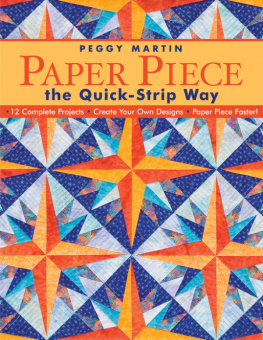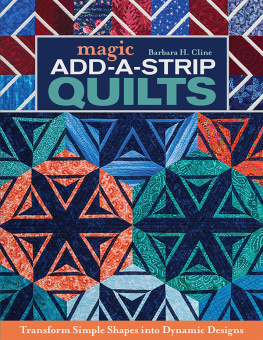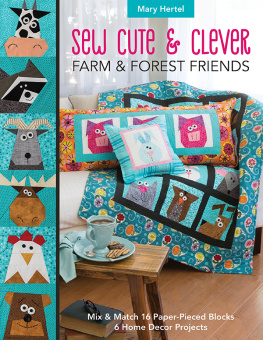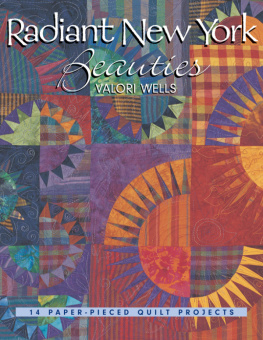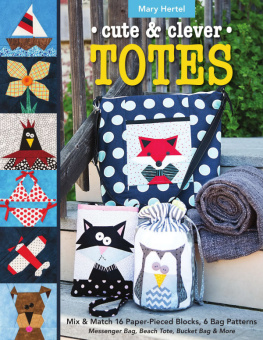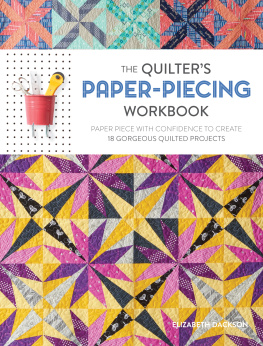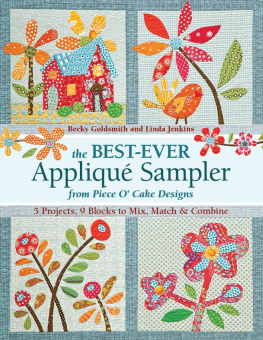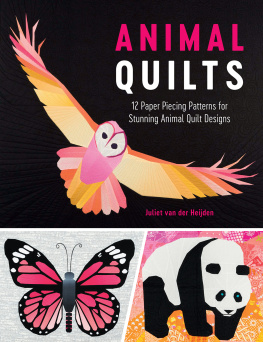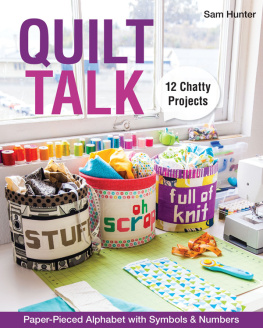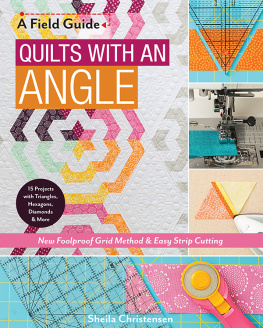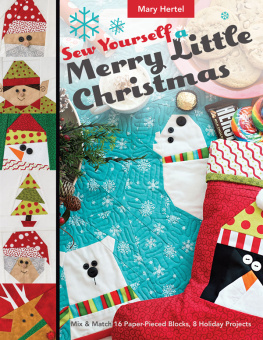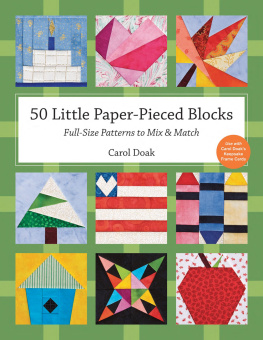Publisher: Amy Marson
Editorial Director: Gailen Runge
Acquisitions Editor: Jan Grigsby
Editor: Deb Rowden
Technical Editors: Carolyn Aune, Deborah Dubois
Copyeditor/Proofreader: Wordfirm Inc.
Cover Designer: Kristen Yenche
Design Director/Book Designer: Kristen Yenche
Illustrator: Wendy Mathson
Production Coordinators: Zinnia Heinzmann, Kerry Graham
Photography: Luke Mulks unless otherwise noted
Published by C&T Publishing, Inc., P.O. Box 1456, Lafayette, CA 94549
Front cover: Starlight, Starbright by Patricia Wolfe
Back cover: Cactus Tree (detail, top) and Star Dance, both by the author
DEDICATION
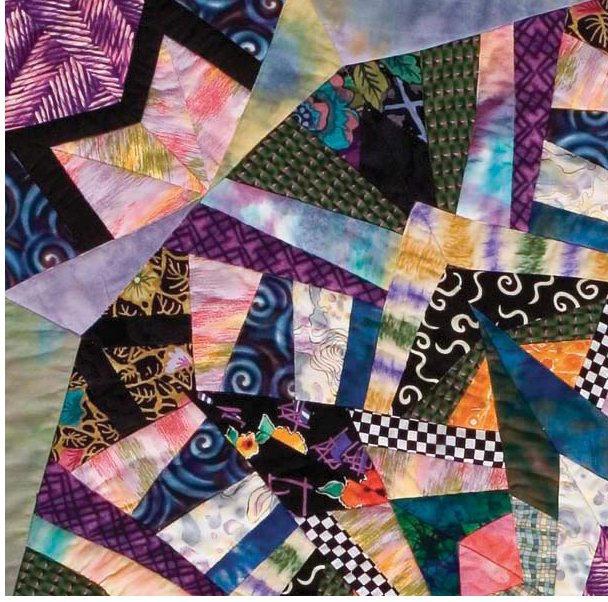
To quilters everywhere who find comfort in the warmth of colors and fabrics and whose generosity and creativity continue to amaze and inspire me may you have the courage to travel your own path, express yourself in cloth, and have great fun in the process!
ACKNOWLEDGMENTS
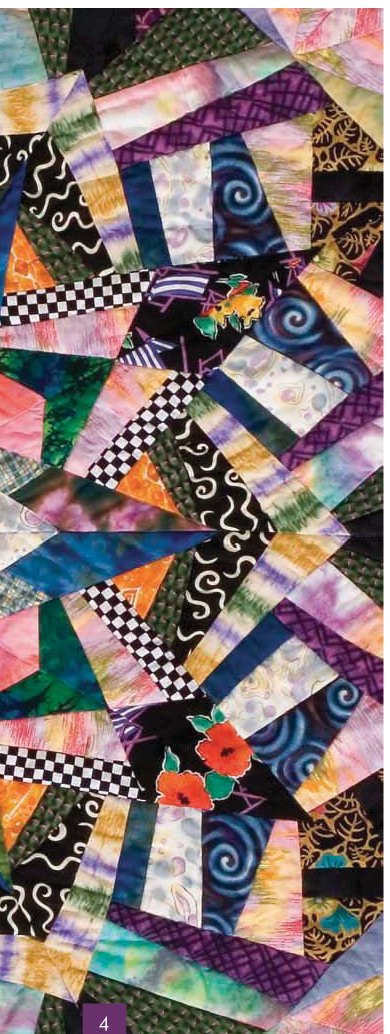
Thanks to all the quilters; it would have been impossible to create a book without your dedication and hard work. Your wonderful talents are greatly appreciated! Thank you to Mary Lou Betts, Kris Blundell-Mitchell, Lisa Coulombe, Annette Friedlein, Shelley Gragg, Michelle Hamand, Joan Hamilton, Linda Kamm, Lorraine Marstall, Wendy Mathson, Sandra McCullough, Jean Nagy, Lee Olson, Yvonne Regala, Karen Shell, Mary Tabar, and Pat Wolfe.
A big note of thanks to my editors, Deb Rowden, Carolyn Aune, and Diane Pedersonyour guidance and talents helped me immeasurably. Jan Grigsby, Mari Dreyer, and all the rest of the great C&T staff have been such a great help in many ways over the yearsthank you all!
Special thanks to Wendy Mathson, the computer graphics genius who helped make everything accurate and bailed me out more than once when time was tight. Thanks to Linda Kamm for her incredible longarm artistry in quilting many of the quilts for this book. Thank you to Nancy Amidon and Amidon Quiltworks for providing workshop space.
And a very special thanks to my family: my husband, David, whose support has enabled me to teach quilting and travel over the years; my son Michael, whose computer expertise and patience in helping me learn have been immensely helpful; and my son Ryan, who always keeps me on my toes and helps me see my quilts and the world through different eyes.
INTRODUCTION
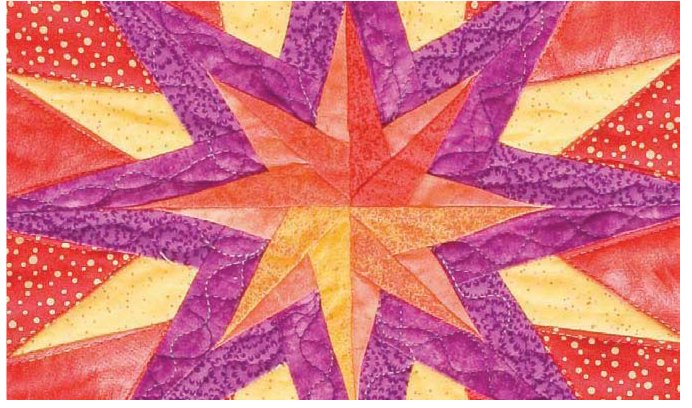
Over the years, it has been my mission to make quilting faster, easier, and more fun. Up until now, I have mainly concentrated on sewing techniques. With this book, I cant wait to share with you how fun and easy it can be to design your own blocks and quilts as well! Many quilters fear the design process, thinking that they need an art background or a great deal of experience. The word drafting terrifies them, making them think they must have a great deal of knowledge in math or geometry.
With the new, easy methods I have developed, designing blocks for paper piecing is as easy as drawing a line. (And no, you dont even have to be able to draw a straight linethats what rulers are for!)
After the release of my first book, Quick-Strip Paper Piecing, quilters were requesting more patterns that could be paper pieced in this revolutionary new way. In this book, I am including more patterns and projects, but I am also showing you how easy it is to design your own blocks. Because these blocks are made up of repeat units, just a few lines drawn in each unit can produce quite stunning results. In addition to learning how to design your own blocks, youll discover how much fun it is to use blocks in different ways to affect the overall design of the quilt. Some of the design principles I have experimented with are positive/negative colorations, changing backgrounds in the quilt, and using portions of blocks as borders or setting triangles. The results of these experiments are often surprising and always rewarding.
Easy design exercises and examples are included in the design section. For those of you who are new to Quick-Strip Paper Piecing, full instructions are given for sewing with this fast and easy method in the technique section. Patterns and instructions are provided for twelve projects, with different design possibilities to give you even more ideas. I hope these ideas will spark your imagination to produce quilts that truly reflect your own personal design sense.
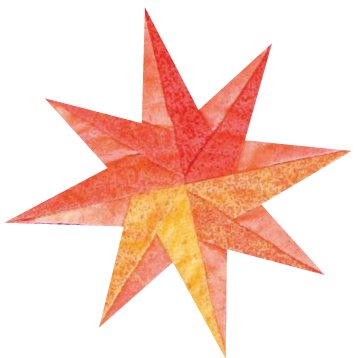
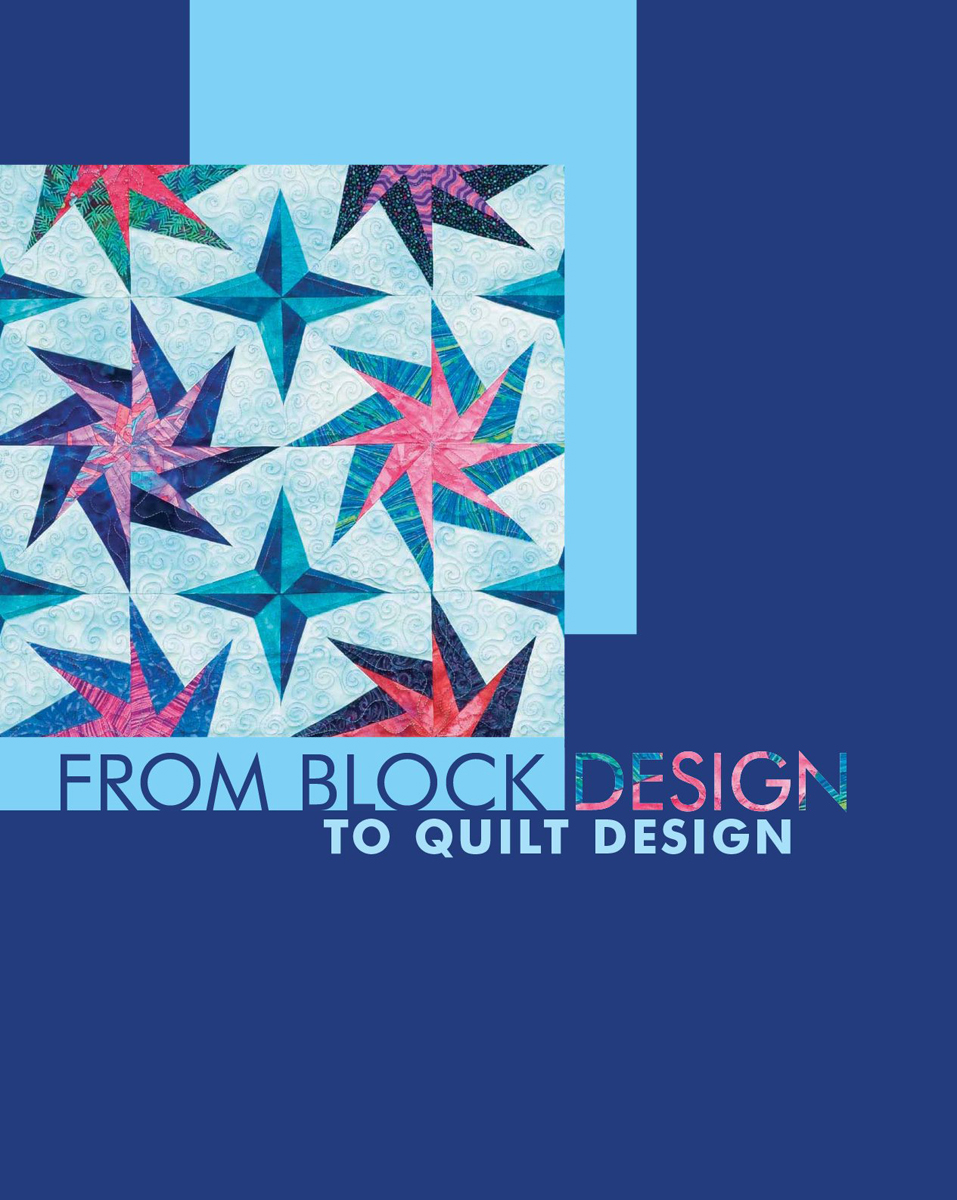
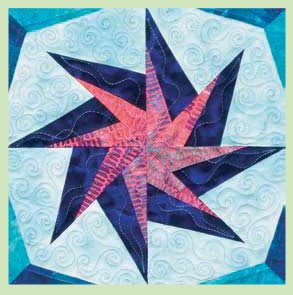
Quick-Strip Paper Piecing is a faster, easier way to paper piece using repeat units to make stars, pinwheels, flowers, and other designs. It is amazingly easy to design your own blocks for this method. Beginning with a simple shape and just adding a few lines, youll be producing your own designs in no time! Design units for various types of blocks are included at the end of this chapter. After you design your block, the designing of the quilt itself is the next step. Lets go through a few simple exercises to show you how easy designing can be.
Drafting supplies for block design
Mechanical pencil and eraser
A black permanent fine-line pen
A see-through drafting ruler with a grid (12 or 18 size is good)
Tracing paper
A compass
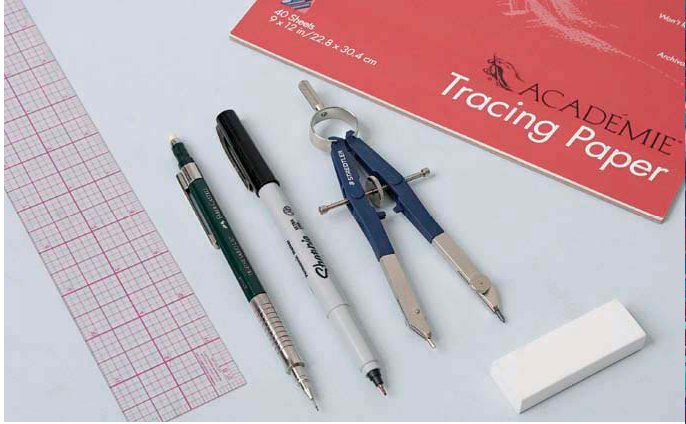
Dividing a block for design
With this design method, the block is divided into smaller units, which will be repeated to make the design. There are many ways a quilt block can be broken up into smaller units. Here are some of my favorite divisions:
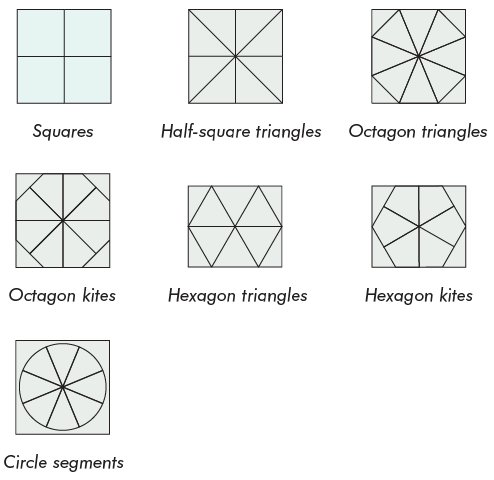
Design basics
I like to begin designing on a smaller scale to try out designs before drafting a full-size pattern. The process is fairly simple. Select the block division you would like to use. Trace the small design unit, then add various design lines. Trace your design into a small block to see what it will look like before it is drafted full size. contain small design units and full-size units for creating your own designs for 12 blocks. The small design units are one-fourth the size of the full-size unitsanother way to look at it is that everything you draw on the small unit will be four times larger on the full-size pattern. I have chosen the octagon kite unit to demonstrate the various steps in the design process.
Using the design units on line from one side of the unit to the other. On the design block sheet, trace the diagonal line from the kite unit into the 8 kite units in the square, rotating the square around as you trace, to see the resulting block. Just 1 diagonal line on the octagon kite unit, repeated 8 times in the square, will produce a simple star:
Next page
